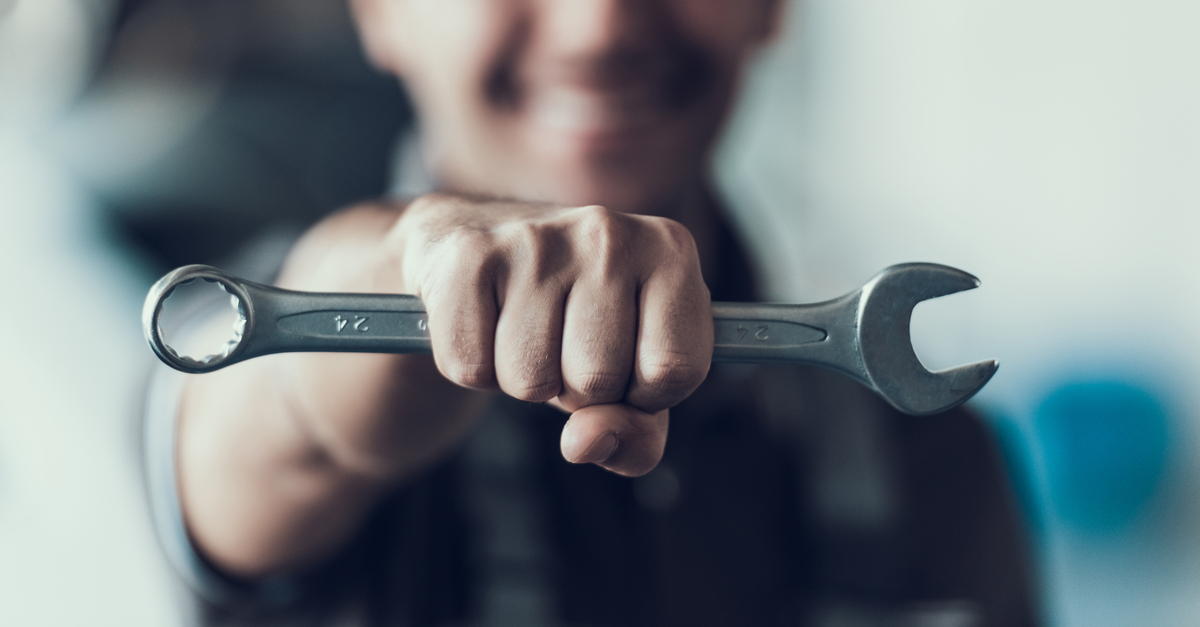Many drivers do not even know what the driveline is let alone know how to identify whether they need driveline repair! That is why we included everything you need to know about your truck’s driveline and the signs that let you know you may need service. Your driveline will consistently be taking on damage through the regular wear and tear of the road, which is why consistent inspection is needed to ensure the longevity of your truck.
Definition
There are different types of drivelines for different trucks that are based on whether the vehicle has front-wheel drive, back-wheel drive, or four-wheel drive but they all do the same thing. The driveline of your truck works to takes the power generated by the engine and transform it into the rotation of the tires, which allows your truck to accelerate. Essentially the driveline is what turns or torques your axles, and your axle is what turns or torques your wheels. It is responsible for making your truck move and therefore any damage to it could keep you off the road for an extended period. The driveline connects to the transmission and through a series of universal joints and if the smallest crack or leak in the joints can lead to severe damage.
Indicators of Service/Prevention
Repairs to a driveline are not always that easy to spot out. Even if you have a broken driveline, it will still allow your engine to run but not allow you to move. Most joints in the driveline are sealed and don’t require periodic lubrication but because of the difficulty of spotting damage we recommend having them inspected every time your vehicle is up on a lift. Besides this, we included various ways to spot driveline damage as well as to try to prevent further damage.
The general rule of thumb, however, is to have it inspected to change the front and rear differential fluid every 30,000-60,000 miles. The other top indicators are all auditory and can be heard while you are driving your truck. One of the most common reasons for driveline service is worn or broken couplings. If your vehicle shudders during acceleration, it is most likely the sign of a loose U-joint in the system. Similarly, if you hear a loud clunk during shifting, it may be time to have some of the U-joints in the system serviced. Hearing clicking sounds at low speeds may also be an indicator of an issue. These are the top indicators of damage to your driveline, read the tips below to help prevent damage.
· Keep engine fluids in check, so lubrication does not become a problem
· Watch how much weight you use on your truck, pulling too heavy of loads will damage the driveline
· Making sure your tires are properly aligned, balanced, and pressured
· If you feel any early vibrating while accelerating or clicking at slow speeds get your CV and universal joints inspected to avoid more damage
If you do notice any of these signs, we highly recommend an inspected as soon as possible to prevent further damage. By being aware of the signs of driveline damage and knowing how to prevent it, you will surely save time and money in the long run. Our team of truck repair experts will be able to get you quick and reliable driveline repair!

